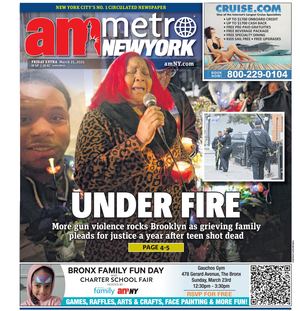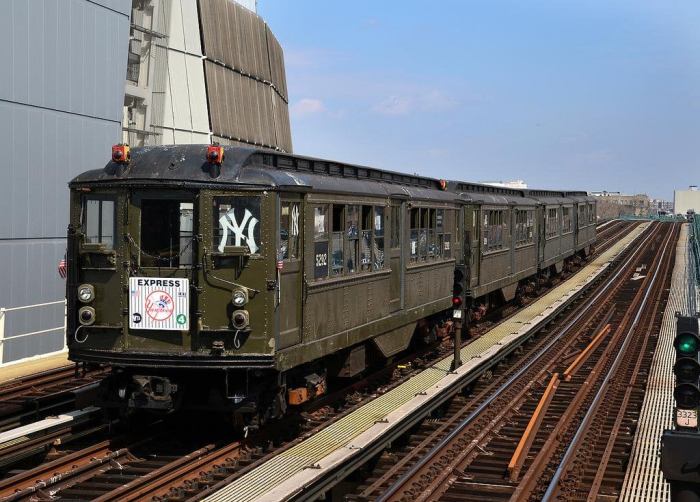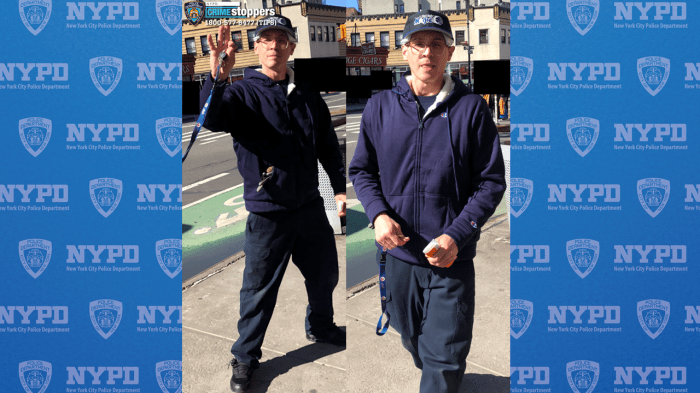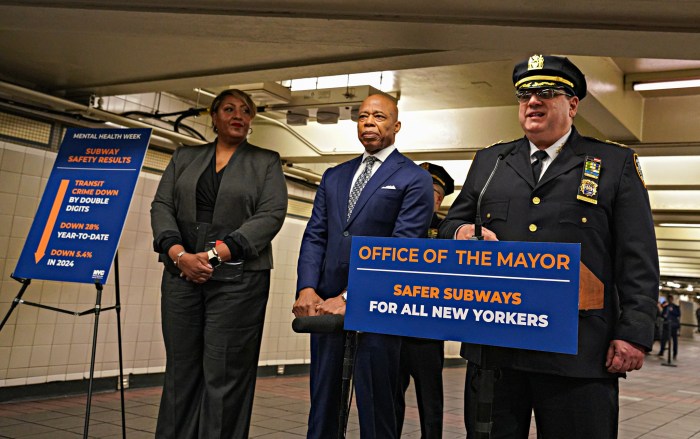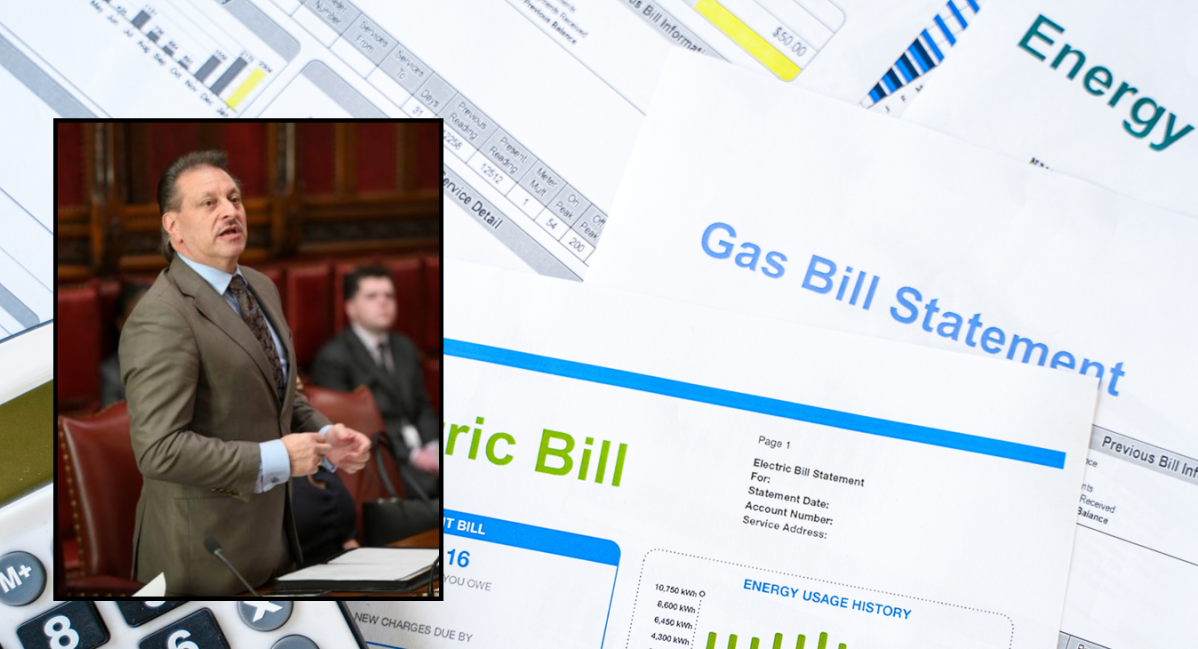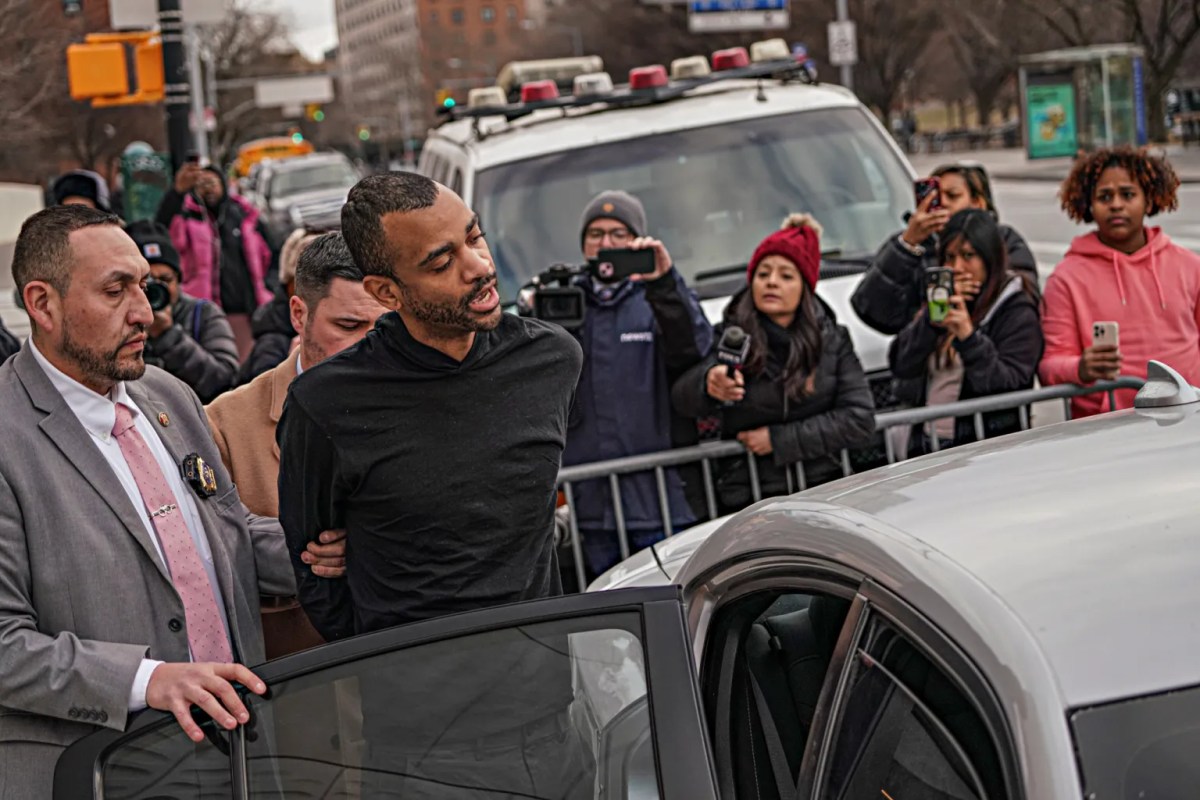
More digital screens are coming to a subway station — and train car — near you.
The MTA plans to add more than 53,000 new digital displays to subway stations and train cars over the next five years, according to a presentation the authority gave the board Monday.
Janno Lieber, the MTA’s chief development officer, said the self-funded program will bring “well in excess of $100 million” annually in advertising revenue.
“I’m happy about this program because I think the board set a twofold goal, which is that we would be able to make a lot of money for the system, which is obviously the first priority,” Lieber said, “but also to create a sense of a 21st century rider experience, both in the stations and in the cars.”
The project is mostly — though not entirely — about getting more ads. The MTA can still use 20 percent of the new displays for real-time service information, maps and other commuter information, Lieber said.
More than 1,200 similar screens have been installed since the MTA began the program in 2017 through a 10-year agreement with the private firm Outfront Media. The authority is currently testing the screens on the 7 line, with a rollout coming toward the end of the year, according to Lieber.
The MTA plans to add 16,000 digital displays to subway stations and 37,000 to subway and commuter rail cars. While the brightly lit screens could look jarring juxtaposed with decaying, stained tiled walls, they come at no cost to the MTA. Outfront Media is responsible for the financing, installation and maintenance of all the displays.
As of now, it appears the MTA will stick with installing the station screens on the platform walls, often opting for the existing indentations intended for older poster advertisements. It would disrupt service too much to try to install the screens across from platforms on the track walls, as some other metro systems in cities like London have done, according to Subways Chief Sally Librera.
“To put [the screens] on the track wall side would be far more invasive from a service disruption standpoint than to put it on the platform where the customers are standing,” she said.
On the Brooklyn-bound platform of the Broadway G station, a series of coordinated displays flashed advertisements for new mattresses, television streaming services and chain convenience stores.
Two other screens were dedicated to useful information for riders, such as dates for public MTA meetings and the subway map, which flashed for several seconds before being rotated out. But riders interested in when the next train was coming would have to walk to the center of the platform, where the only countdown clock was located.
Lieber said the MTA expects both advertising capability and real-time service information to improve over time, with the MTA working on offering station-specific information, including train times and a “night version” of subway maps outlining service disruptions.
“The screens are going to provide, as I said, advertising, customer information, but also hopefully livening the transit environment,” Lieber said.
